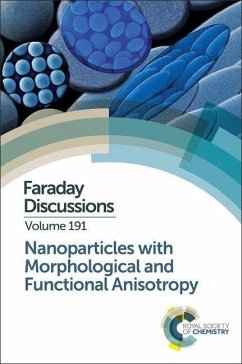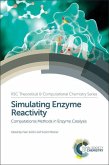Anisotropy at the nanoscale is a critical factor in the mechanical, optical, electronic, and magnetic properties of nanoparticles. Many unusual properties of colloidal materials arise due to heterogeneous spatial confinement of electrons, plasmons and electric fields around the particles. As the field of nanoparticle synthesis and application matures, there is an increasing need for the design of novel and more complex nanosized objects. In particular, the incorporation of multiple functionalities, the directionality of such functions, and the incorporation of lower or higher dimensional order have great relevance and interest for biomolecule detection, diagnosis and therapeutic medical applications. This Faraday Discussion brings together chemists, physicists, theoreticians, engineers, and biomedical researchers to discuss the use of anisotropy as a tool to design, organize and provide special functions to nanoparticles. It explores the synthesis, formation mechanisms and novel characterization tools of anisotropic nanoparticles; the preparation and properties of particles with two or multiple domains; and biomedical applications.
Hinweis: Dieser Artikel kann nur an eine deutsche Lieferadresse ausgeliefert werden.
Hinweis: Dieser Artikel kann nur an eine deutsche Lieferadresse ausgeliefert werden.








